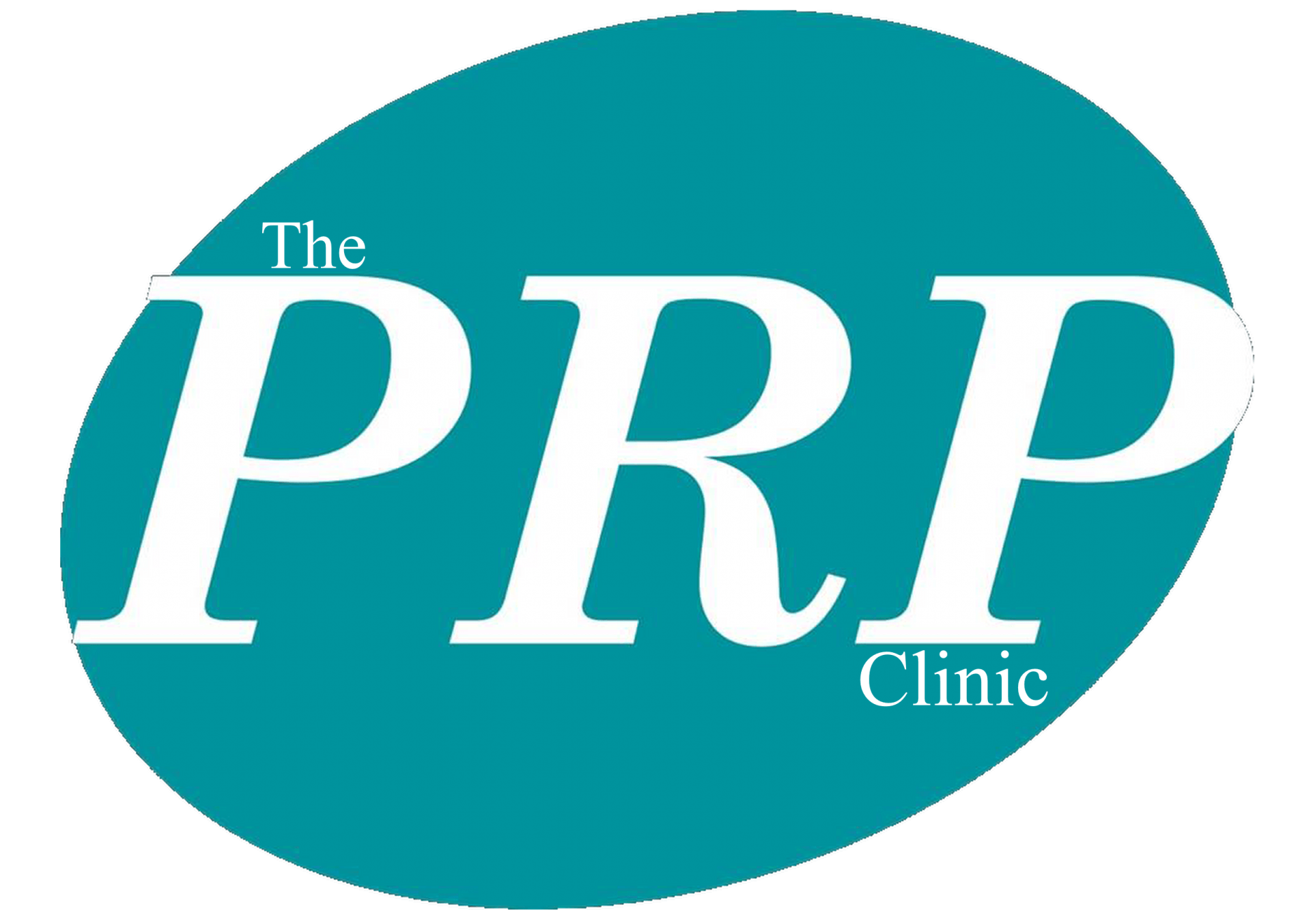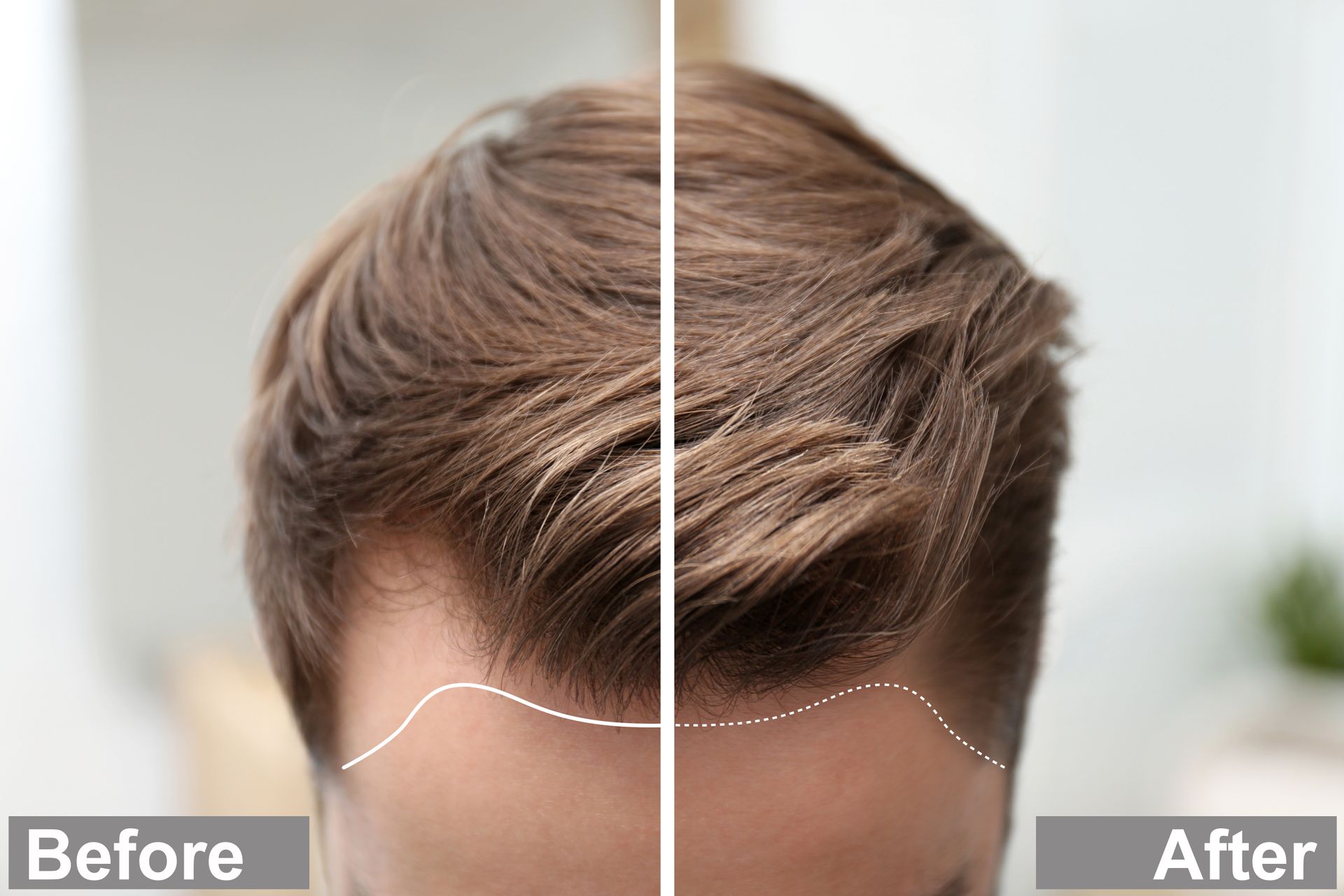WHAT IS PRP?

Platelet-Rich Plasma (PRP) is a powerful regenerative treatment that utilizes your body’s natural healing abilities to repair and rejuvenate tissues. It involves isolating and concentrating platelets from your own blood, which are then reintroduced into targeted areas to stimulate tissue regeneration. Platelets are small cell fragments in the bloodstream that play a vital role in healing. They are packed with growth factors—bioactive proteins that promote cell growth, collagen production, elastin production and tissue repair.
PRP is widely used in dermatology, orthopaedics, and aesthetics due to its ability to enhance healing and rejuvenation with minimal risk of adverse reactions.
What can it be used for?
The Science Behind PRP

PRP is created by drawing a small sample of your blood and processing it in a centrifuge to separate the platelets from other blood components. This process concentrates platelets to 3-5 times their normal levels in blood. Platelets contain alpha granules, which store and release growth factors when activated. These growth factors include:
- Platelet-Derived Growth Factor (PDGF): Promotes cell proliferation and collagen synthesis.
- Transforming Growth Factor-Beta (TGF-β): Stimulates tissue repair and regulates inflammation.
- Vascular Endothelial Growth Factor (VEGF): Enhances blood vessel formation (angiogenesis).
- Epidermal Growth Factor (EGF): Encourages skin cell regeneration and repair.
- Fibroblast Growth Factor (FGF): Supports the growth of fibroblasts, which produce collagen and elastin.
- Insulin-Like Growth Factor (IGF): Promotes cell growth and tissue regeneration.
When PRP is injected or applied to the skin or scalp, these growth factors activate local stem cells, increase collagen and elastin production, and improve blood flow, leading to tissue repair and rejuvenation.

Types of PRP we offer

There are many different types of PRP and it can be very difficult when searching online to decide on what is best for you. Here at The PRP Clinic™ we offer 3 types of PRP. Our Nursing team will be able to recommend the best one for you.
For more information on the types of PRP we offer click the buttons below.







